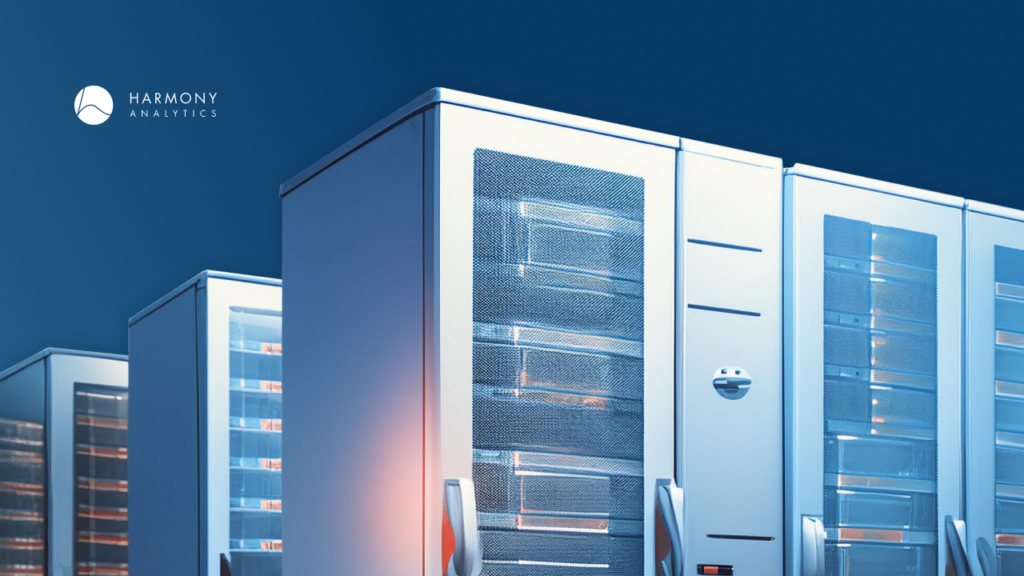
Artificial Intelligence (AI) is rapidly transforming industries, but it’s also significantly increasing our energy and resource demands. Currently, there are 7.2 million data centers in the world, according to the German Statistics Office. The US has 2,670, by far the most. They are followed by the UK with 452, and Germany with 443.
Understanding the Impact:
- Data Center Demand: AI is expected to drive a 160% increase in power demand for data centers. The energy required for a single AI query is nearly 10 times that of a Google search, indicating a major shift in how power will be consumed globally.The power needed for AI is growing at a fast-paced rate, doubling roughly every 100 days.
- Water Use: Data centers rely heavily on water for cooling systems, consuming millions of gallons of drinking water each day. Dry air reduces the risk of corrosion and electrical issues in the sensitive equipment in the data centers. This means that the regions in which it is “best” to locate a data center due to its arid environment have the highest marginal cost in terms of water consumption.
Technology Companies’ Environmental and Resource Usage Trends:
- Google: Reported in its latest environmental impact statement an 82% increase in emissions from 2019 (Scope 1 and 2), with water usage in 2023 reaching 6.3 billion gallons—a rise of 86% compared to 2019. This trend is expected to continue as advancements in AI drive further increases.
- Microsoft: In 2023, Microsoft experienced a 108% increase in carbon emissions (Scope1 and 2), and 99% water consumption since 2019 mainly from constructing new data centers.
- Meta: In 2022, withdrew about 1.29 billion gallons of water and grew its energy consumption by 130% to 2019.
On the other side, the advancements in AI for predictive maintenance could lead to an increase in operational uptime and a decrease in both inspection and overall maintenance costs for utility companies. For instance, the French utility, Enedis, implemented AI for predictive maintenance across its high-tension electrical grid network. Using DCbrain’s Deep Flow Engine, Enedis integrated historical data of asset topology and aging with machine learning to predict where maintenance was required, significantly reducing grid outages.
Harmony Analytics and Your Business: As the landscape of AI technology and its impact on resources continues to evolve, staying informed and adaptable is crucial for businesses. Harmony Analytics offers a solution that quantifies emissions, effectively tracking progress towards net zero targets. Our platform also allows users to benchmark a company’s profile against its peers, helping to identify risks and opportunities for development.
